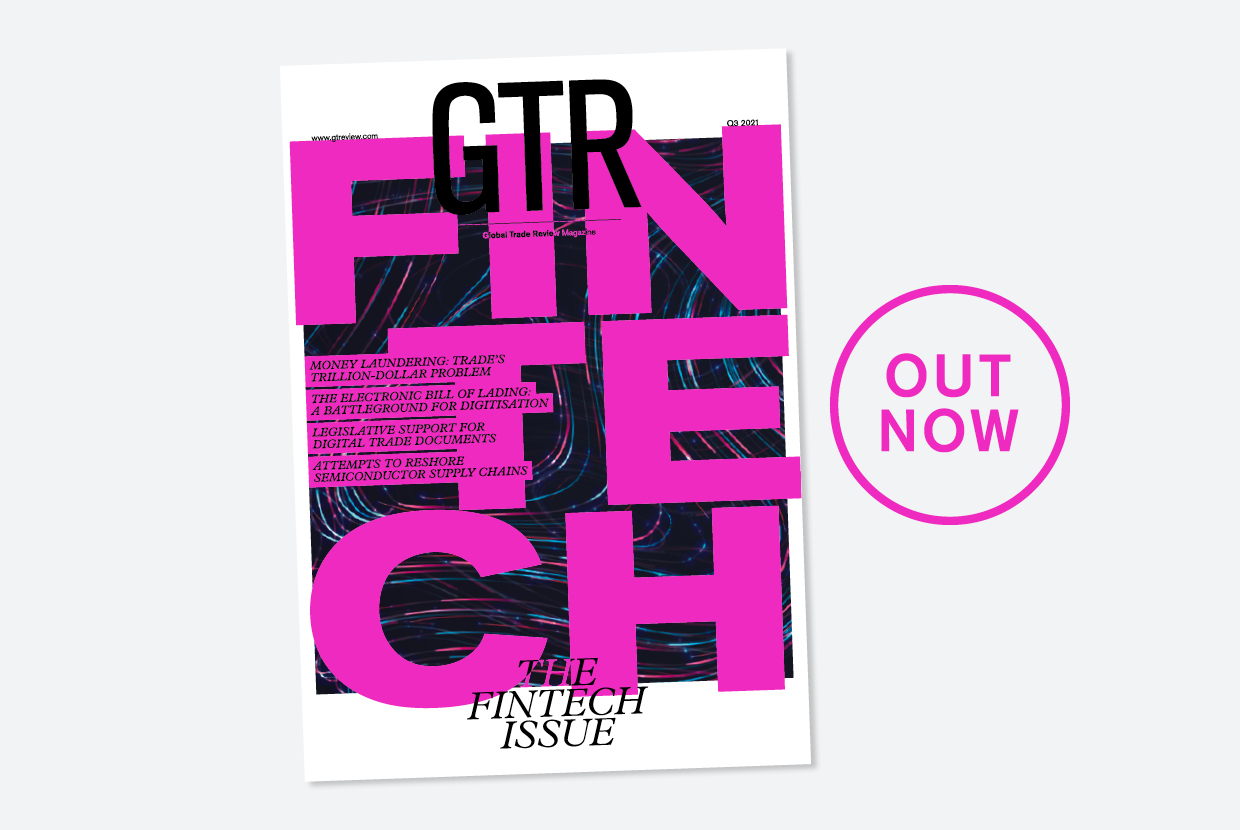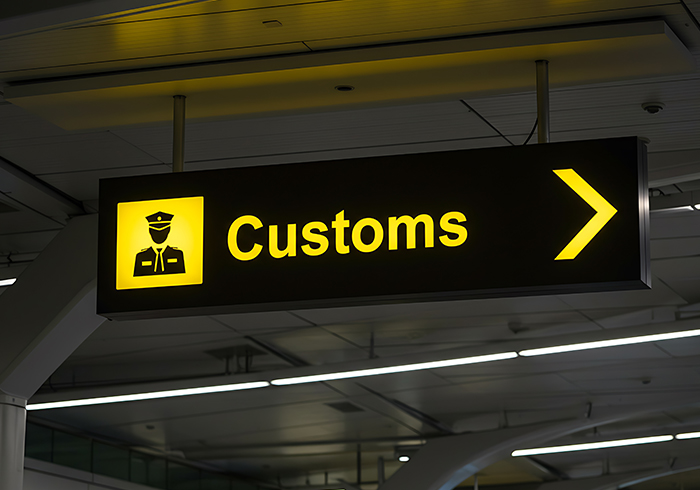The digital transformation of trade and trade finance has dominated GTR’s coverage over the years – never more so than in the past 18 months, with the Covid crisis meaning the uptake of different digital solutions became a necessity rather than simply a ‘nice to have’.
To date, our most popular fintech news story of the year – according to website traffic – has been our coverage of the commitment made by the G7 digital and technology ministers in late April to adopt a framework to facilitate and enable the use of electronic transferable records in place of paper-based documents in international trade transactions.
The strategic and economic importance of the decision, seen as a transformational step forward for global trade, was widely welcomed by industry figures.
GTR’s online coverage of the news focused on the speed with which businesses now need to act to ensure that they’re digitally ready for the anticipated changes, and avoid being left behind.
To broaden our analysis of this important development, in this annual Fintech Issue we take a look at some of the efforts being undertaken around the world to bring in legislation that supports the use of digital trade documents. As can be expected, the pace of progress varies across the globe.
Another hot fintech topic that has engaged our online readers over the past several months centres on the recent developments around the electronic bill of lading (eBL), often described as the ‘holy grail’ of trade digitisation. There has been a surge in new eBL solution providers, driven by legislation that gives the documents the same legal standing as their paper-based counterparts, as well as greater demand from an increasingly sophisticated market.
In this issue, we feature a comprehensive overview of the events that have been taking place within the eBL space and investigate why the instrument has become a battleground for digital trade.
From fraud to money laundering and cyber attacks, GTR’s financial crime coverage is also consistently some of our most-read online content. According to the Financial Action Task Force, a global anti-money laundering body, the pandemic has created “new sources of proceeds for illicit actors”. As we report in this issue’s trade-based money laundering (TBML) feature, there is a growing concern among regulators about the exploitation of trade and the challenges that banks face in trying to spot illegal activity in what often appear to be legitimate transactions. Our report explores some of the new tech solutions that can help the trade finance industry tackle TBML in documentary and – increasingly – open account trade.
Also in this issue, we take a look at the progress being made by the ICC’s working group on digitalisation in trade finance, which is engaged in a number of exciting new developments around digital rules and practices as it works to boost digital adoption.
After decades of conversations around the dematerialisation of trade documentation and numerous false starts, the industry now finally appears to be in a situation where technical ability, market acceptance and the requisite supporting infrastructure are converging to bring digitalisation to fruition. We look forward to what’s coming next.







